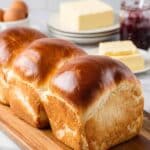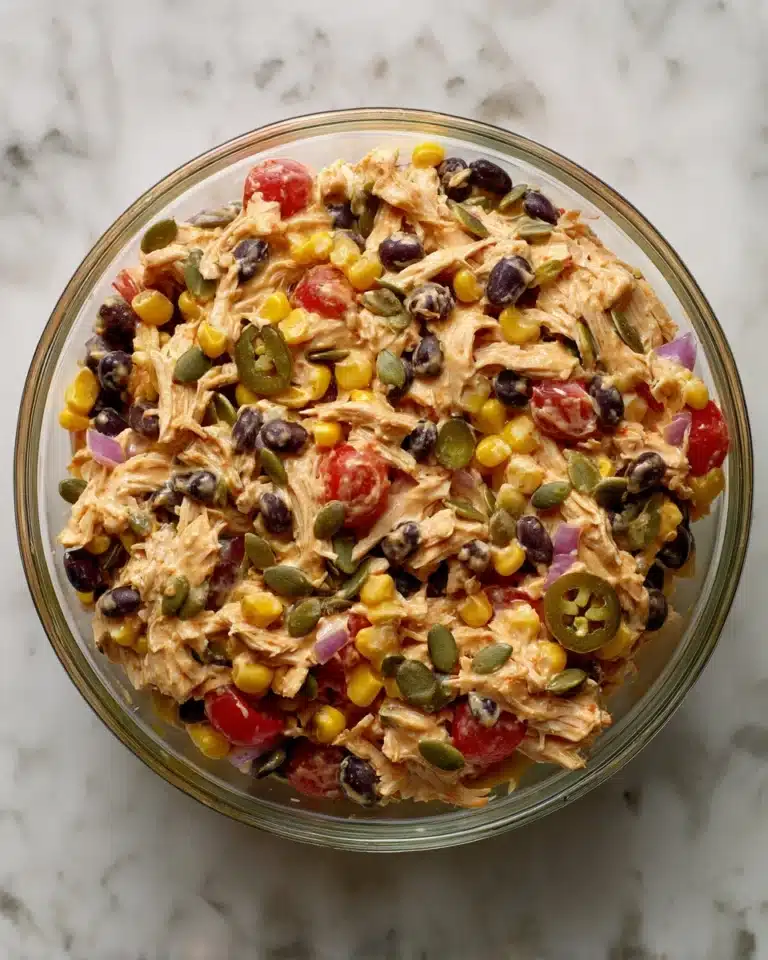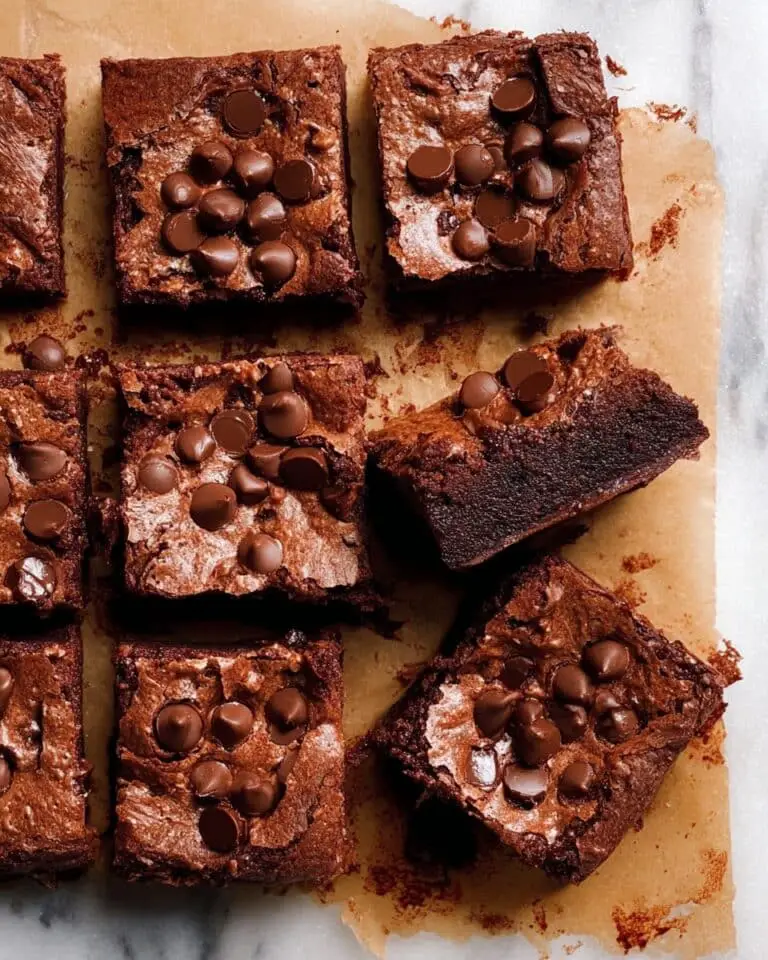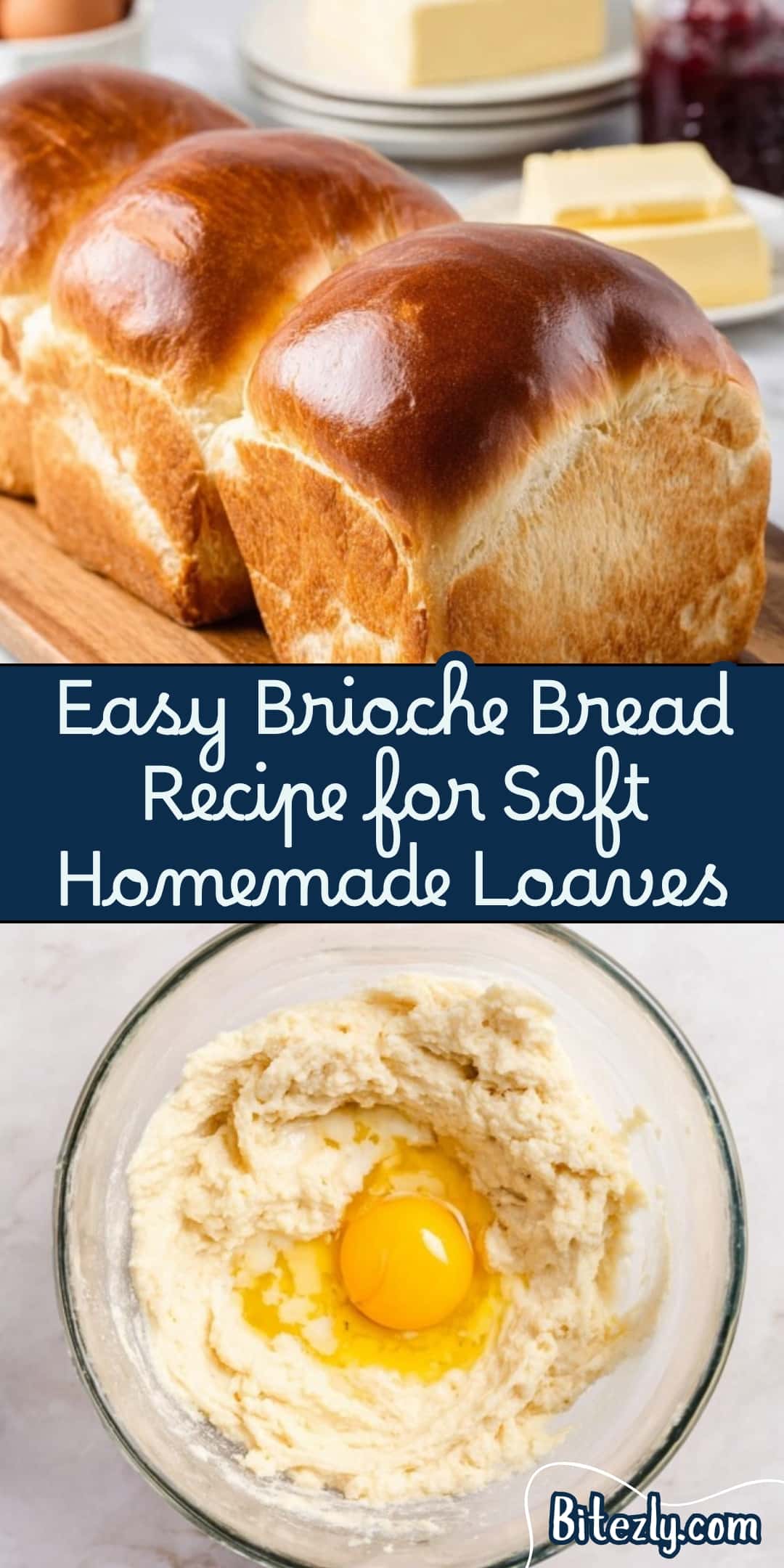If you’ve ever dreamt of biting into a loaf that feels like a fluffy cloud kissed with buttery goodness, this Brioche Bread Recipe is exactly what you need. This classic French bread is renowned for its tender crumb, rich flavor, and golden crust that can elevate any meal or snack. Whether you’re a seasoned baker or just starting out, this recipe will guide you through each step with warmth and enthusiasm, ensuring you create a show-stopping homemade brioche that’s as delightful to make as it is to eat.
Brioche Bread Recipe Ingredients You’ll Need
Ingredients You’ll Need

Simple, straightforward ingredients come together beautifully in this Brioche Bread Recipe. Each plays a special role: the yeast brings life, eggs add richness, and butter provides that signature tenderness and flavor that makes brioche so irresistible.
- 1/4 cup water (warmed to 90°F): Activates the yeast for a perfect rise.
- 1/4 cup sugar: Sweetens the dough and feeds the yeast for fermentation.
- 1 tablespoon dry active yeast: The magic ingredient that makes the dough rise.
- 2/3 cup milk: Adds moisture and a subtle creaminess to the crumb.
- 1/4 cup butter (room temperature): Infuses the dough with luxurious richness and tenderness.
- 2 teaspoons salt: Balances the sweetness and enhances all flavors.
- 4 large eggs: Provide structure and richness, creating that fluffy interior.
- 6 cups flour (spooned and leveled): Forms the dough’s backbone for perfect texture.
- 1 large egg + 1 tablespoon water: For the egg wash that gives the crust a beautiful golden shine.
You’ll find the full ingredient list, instructions, and print option in the recipe card below.
How to Make Brioche Bread Recipe
Step 1: Get the Yeast Ready
Start by awakening your yeast with warm water, a spoonful of sugar, and your dry active yeast. This simple mix bubbles to life within minutes, ensuring your dough will rise beautifully with a light, airy texture.
Step 2: Prepare the Milk Mixture
Gently heat your milk along with the remaining sugar, butter, and salt to 90°F. This warmth is just enough to soften the butter while infusing the milk with subtle sweetness, creating a tender base for your dough.
Step 3: Ready Your Loaf Pans
Prep two 9×5-inch loaf pans by spraying them lightly with baking spray and lining with parchment paper. This helps your brioche come out effortlessly once baked.
Step 4: Combine Initial Ingredients
In your stand mixer bowl fitted with the whisk attachment, add two cups of flour. Pour in your yeast mixture followed by the warmed milk blend, mixing just until combined. This starts developing the dough’s wonderful foundation.
Step 5: Add the Eggs Gradually
One at a time, incorporate each egg into the mixture. This careful method allows the dough to absorb the eggs fully, lending to that rich, tender crumb brioche is famous for.
Step 6: Knead in the Flour
Switch to your dough hook and add the remaining flour slowly, about a third of a cup at a time. Knead at medium speed for about 5 minutes until you have a soft, slightly sticky dough that pulls away from the sides of the bowl like magic.
Step 7: First Rise
Transfer your dough to a clean surface briefly, then place it back into a clean, sprayed bowl. Cover with plastic wrap or a tea towel and let it rise for 90 minutes to two hours until it doubles in size. Patience here means joyous results!
Step 8: Shape the Loaves
Divide the dough into six equal portions. Flatten each into a rectangle, fold the corners, and roll them from bottom to top for a neat, beautiful shape. Set three rolls in each prepared loaf pan to fill and rise again.
Step 9: Final Proof and Egg Wash
Let your shaped loaves rise for 30 minutes until nearly filling the pans. If you want that stunning, glossy finish, brush the tops with an egg and water wash just before baking.
Step 10: Bake to Perfection
Pop the loaves into a preheated 350°F oven. Bake for 30 to 35 minutes until your brioche is golden brown, with a crust that invites you to dive in. Allow cooling for at least 10 minutes before slicing to enjoy that perfect texture.
How to Serve Brioche Bread Recipe

Garnishes
Brioche’s richness pairs wonderfully with simple garnishes. Try a brush of melted butter right out of the oven or a drizzle of honey for a touch of sweetness. Fresh herbs, like thyme or rosemary, can also add an intriguing aroma and slight earthiness.
Side Dishes
This bread’s versatility means it shines alongside both savory and sweet dishes. Serve it with creamy soups, decadent cheese boards, or alongside eggs for a perfect brunch. For a sweet twist, it’s a dream with fresh berries and whipped cream.
Creative Ways to Present
Turn your Brioche Bread Recipe into an elegant French toast, stuffed French toast bake, or even use it for rich sandwich creations. Its sturdy yet tender crumb holds fillings beautifully, making it a canvas for endless culinary creativity.
Make Ahead and Storage
Storing Leftovers
Store your brioche wrapped tightly in plastic wrap or in an airtight container at room temperature for up to 3 days. This keeps it soft and fresh, ready to enjoy without losing its signature texture.
Freezing
Bake the loaves fully, then cool completely before slicing and freezing individually or whole. When properly wrapped in foil and placed in freezer bags, your brioche will stay delicious for up to 3 months.
Reheating
To revive frozen or stored brioche, gently toast slices or warm the whole loaf in an oven at 300°F for 10-15 minutes wrapped in foil. This restores that fresh-baked softness and buttery aroma perfectly.
FAQs
Can I use instant yeast instead of dry active yeast?
Yes! Instant yeast can be used but add it directly to the flour without proofing, and you might see a slightly faster rise. Adjust your timing accordingly as the dough might be ready sooner.
Why is my brioche dough so sticky?
Brioche dough is naturally soft and slightly sticky due to the high butter and egg content. Resist adding too much flour during kneading; technology think of it more as a tender hug than a dry loaf.
How do I know when the dough has risen enough?
The dough should double in size and have a slightly puffy look. Gently press it with a finger — if the indentation remains, it’s perfectly proofed and ready for the next step.
Can I make brioche bread without a stand mixer?
Absolutely! It just takes a bit more elbow grease. Use a large bowl and a strong wooden spoon or your hands for mixing and kneading, and be patient during the kneading process.
What’s the best way to slice brioche for serving?
Use a serrated bread knife and let the loaf cool completely before slicing. This prevents squishing the soft bread and gives you clean, beautiful slices every time.
Final Thoughts
This Brioche Bread Recipe is truly a labor of love that rewards you with golden, buttery loaves perfect for any occasion. With a little time and care, you’ll be sharing this delightful treat with friends and family, creating memories as rich and warm as the bread itself. So, grab your ingredients and bake your way to happiness with this classic recipe — you won’t regret it!
PrintBrioche Bread Recipe
This classic Brioche Bread recipe produces a rich, soft, and buttery loaf perfect for breakfast or any time you crave a tender, slightly sweet bread. With a fluffy crumb and golden crust, this brioche is made using a stand mixer and baked to perfection, making it ideal for sandwiched treats or simply enjoyed with butter and jam.
- Prep Time: 30 minutes
- Cook Time: 35 minutes
- Total Time: 4 hours 20 minutes
- Yield: 2 loaves (approximately 10-12 servings)
- Category: Bread
- Method: Baking
- Cuisine: French
Ingredients
Yeast Mixture
- 1/4 cup water (warmed to 90°F)
- 1 tablespoon dry active yeast
- 1 tablespoon sugar (from total sugar)
Dough
- 1/4 cup sugar (remaining)
- 2/3 cup milk
- 1/4 cup butter (room temperature)
- 2 teaspoons salt
- 4 large eggs
- 6 cups flour (spooned and leveled)
Egg Wash
- 1 large egg
- 1 tablespoon water
Instructions
- Prepare Yeast Mixture: In a small bowl, combine the warm water, dry active yeast, and 1 tablespoon of sugar. Stir gently and let it sit for 5 minutes until bubbles form, indicating the yeast is activated.
- Heat Milk Mixture: In a saucepan, heat the milk, remaining sugar, butter, and salt until the mixture reaches 90°F, stirring often to melt the butter without overheating.
- Prepare Loaf Pans: Spray two 9×5-inch loaf pans with baking spray and line them with parchment paper for easy dough removal.
- Start Dough Mixing: In the stand mixer bowl fitted with a whisk attachment, add 2 cups of flour. Pour in the yeast mixture and warm milk mixture, stirring to combine well.
- Add Eggs: Add the eggs one at a time to the mixture, beating each thoroughly before adding the next for proper incorporation.
- Switch to Dough Hook and Add Flour: Change to the dough hook attachment and gradually add the remaining 4 cups of flour, about 1/3 cup at a time, mixing slowly.
- Knead Dough: Once all flour is incorporated, knead the dough at medium speed for 5 minutes until it becomes soft, slightly sticky, and pulls away from the sides of the bowl.
- First Rise: Transfer the dough to a clean surface, wash and dry the mixing bowl, then spray it with baking spray. Place the dough back into the bowl, cover with plastic wrap or a tea towel, and let it rise for 90 minutes to 2 hours or until it has doubled in size.
- Shape the Loaves: Move the dough to a clean surface and divide it into six equal portions. Flatten each piece into a rectangle, fold the bottom corners up, then roll from bottom to top. Tuck in the edges neatly and place three pieces in each prepared loaf pan.
- Second Rise: Cover the loaf pans and allow the dough to rise for 30 minutes until it fills the pans completely.
- Apply Egg Wash (Optional): Mix 1 egg with 1 tablespoon of water and brush the mixture over the tops of the dough for a shiny, golden crust.
- Bake: Preheat your oven to 350°F (175°C). Bake the loaves for 30 to 35 minutes until the tops are golden brown and the bread sounds hollow when tapped.
- Cool: Remove the loaves from the oven and allow them to cool in the pans for at least 10 minutes before slicing and serving.
Notes
- Make sure all liquids are at the correct temperature (90°F) to properly activate the yeast without killing it.
- If your kitchen is cold, allow the dough to rise in a warm spot, such as inside the oven with just the light on.
- The dough should be slightly sticky but manageable; avoid adding too much flour to keep the bread tender.
- Use room temperature butter and eggs to ensure an even mixture and better rise.
- Egg wash is optional but highly recommended for an attractive, glossy finish.
- Let the bread cool slightly before slicing to prevent a gummy texture.








